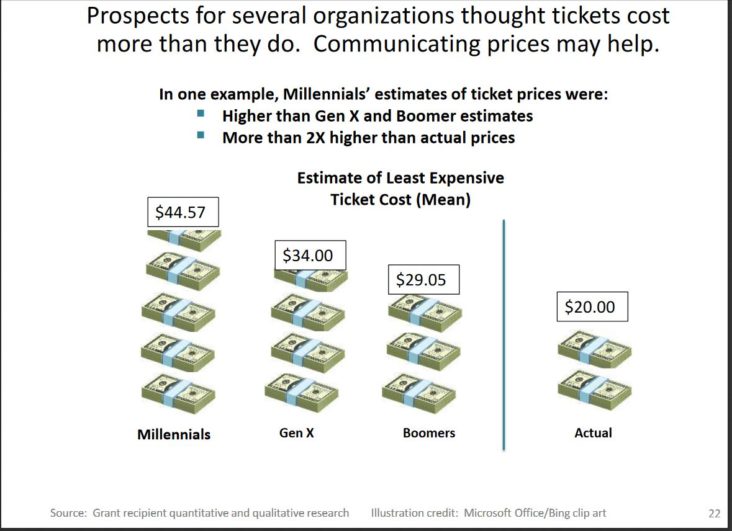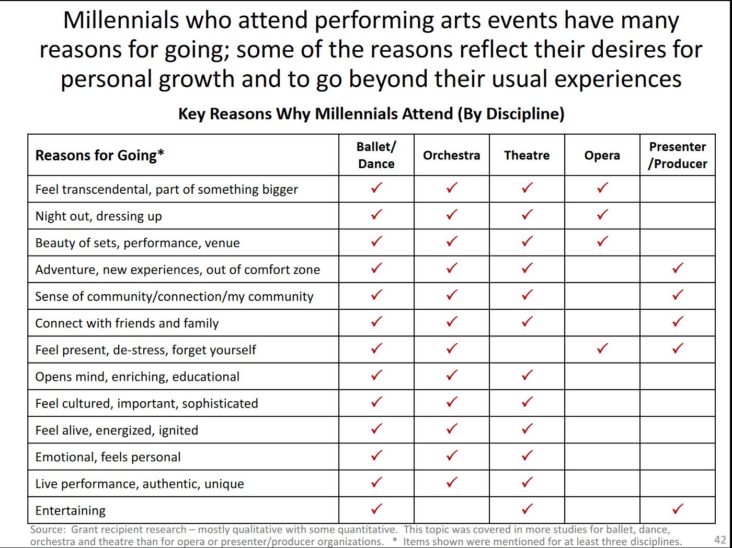Years ago I had read an article on Non Profit Quarterly, Six Things Nonprofits Can Teach Small Business. According to the story, non-profit leaders often exhibited stronger leadership qualities than their for-profit business colleagues.
The six qualities generally address treating employees and constituencies with dignity, integrity, attentiveness and honesty.
One of the qualities dealt with being sensitive to the timing of certain decisions.
Timing is important. Leaders must be proactive, but anticipate the need to react. It is necessary to make sure all of the pieces are in place and understand how many situations should be handled before putting out a product or service. Reacting too early can damage relationships with clients, investors, and the public. A nonprofit CFO describes the importance of timing:
“The Red Cross upgraded its emergency help phone system after 9/11 with funds raised for the disaster; this rubbed donors the wrong way when it was reported in the media. So timing isn’t just about doing the right thing at the right time; executives need to be aware of the perceptions of that timing.”
I was reminded of this while listening to a recent episode of This American Life where the reporting team was provided access to the Starbucks racial bias training day when all the company owned stores were closed.
During the interview with him, then Starbucks CEO Howard Schultz was emphatic about disassociating the bias training day from previous corporate initiatives which encouraged people to vote or be good stewards of the environment. Those efforts had resulted in positive associations for the company and have been recognized as good marketing.
If you read the transcript of the interview, Schultz basically asks the interviewer to stop citing the halo effects that resulted from previous initiatives. He kept insisting the bias training was an effort to start fixing their corporate culture and not an attempt to generate goodwill among the public.
Kelefa Sanneh: Yeah. When I suggested this to Howard, that this racial bias training thing had something to do with marketing Starbucks, he didn’t go for it.
[…]
Kelefa Sanneh: I want to make sure I understand this. You say this is not a marketing event. And obviously, to some people, anything that a company does kind of looks like marketing. How is this different from a marketing event?
Howard Schultz: This is the antithesis of a marketing event. It’s not something that is– it has nothing to do with trying to sell anything. Marketing is about creating awareness and selling your product. This is not– we’re not trying to sell anything.
Then the reporter, Kelefa Sanneh and host Ira Glass have a conversation about Schultz’ reaction which actually included the Starbucks PR person calling them and saying they might not want This American Life’s presence at the training if it was going to be a gotcha story about how Starbucks was trying to generate positive PR for themselves.
Ira Glass OK. All right, here’s the theory. Is it possible that he is so insistent that there’s no marketing in it because, yeah, he knows that anything his company does publicly affects how the public sees his brand. Like, of course doing anything like this is a kind of marketing.
But he doesn’t want to admit it because actually, underneath it, he actually is trying to do a good thing. He’s trying to actually address racism. He thinks America is too racist. He wants to do something about it. And he just feels like, oh, if we start admitting that there’s some marketing, or we get some brand halo from this, that’s just going to muddy the message.
Kelefa Sanneh Yeah, although what’s weird is, this isn’t the first time Starbucks has tried to do a good thing, right? They’ve had environmental initiatives. They had this voting thing, which he was happy to say the voting thing was good marketing. So in a sense, this isn’t new for Starbucks.
But what is new is that this is a racism initiative. And I think he has a sense that racism is so incendiary, so sensitive, that it can’t have anything to do with marketing. Like, if there’s any sense that this has anything to do with marketing Starbucks, people are going to tune it out or maybe worse, right?
Ira Glass Right, because it would be offensive.
Kelefa Sanneh Yeah, this idea, like, you’re taking America’s national sin of racism and using that to sell coffee. People might consider that offensive.
This exchange in the episode reminded me of the Non Profit Quarterly piece. It made me wonder, was this recognition by Starbucks a sign that the qualities mentioned are starting to permeate society a little more?
Emotional Intelligence is certainly not the sole province of non-profits. (And I am sure no small number of employees of non profits may be wondering where their share of emotional intelligence in the workplace is being stored.)
It is good to see the CEO of a corporation the size of Starbucks exhibiting the level of awareness about the situation that he was. There is obviously a profit motive in not screwing up the way the company responds to the recent instances of racial bias in their stores, but they probably could have glossed it over with less expenditure of effort, concern and money.
I have never really been a Starbucks fan and as much as I am complimenting them here, I am pretty unlikely to increase my visits. But I probably won’t more actively avoid their stores either.
Taken together, both the NPQ article and the This American Life transcript can serve as a reminder to be deliberate and thoughtful in decision making. Perhaps more importantly, that there is value in doing so even if the efforts of non-profits so often get overlooked.









Thanks for what you are doing to bring cultural change to the arts. It is so important to represent everyone.…